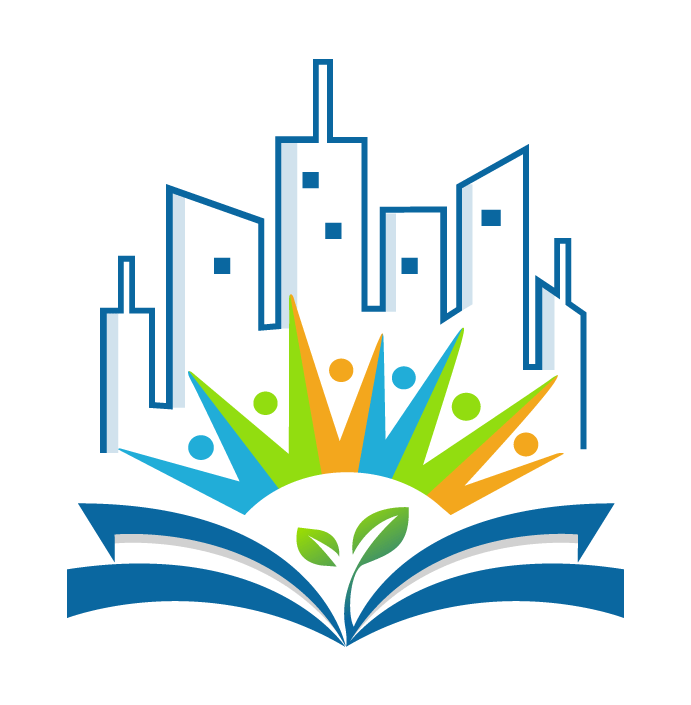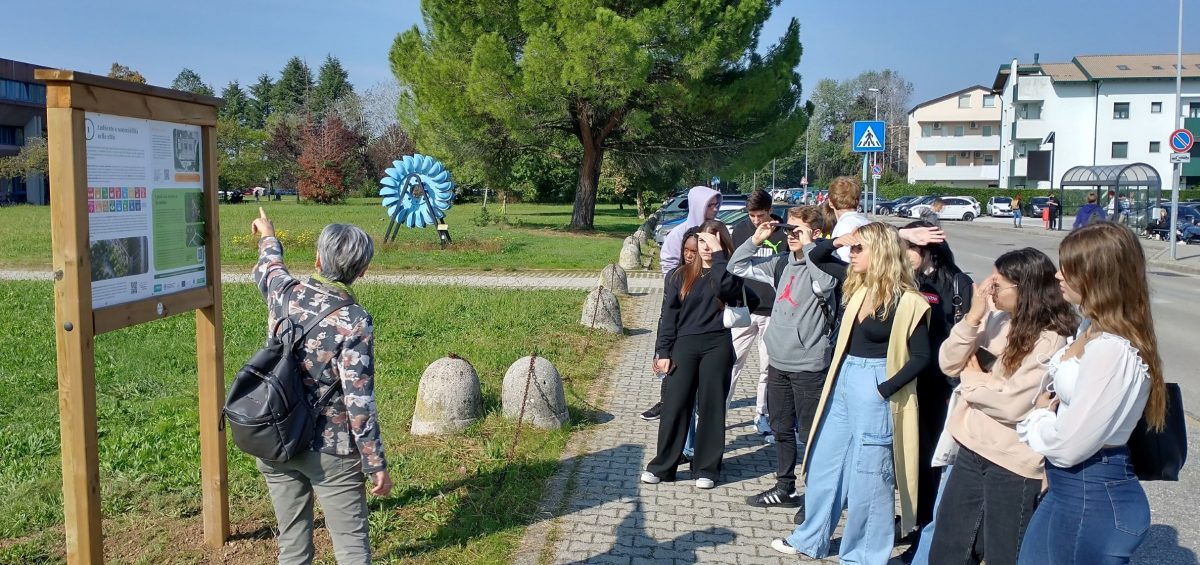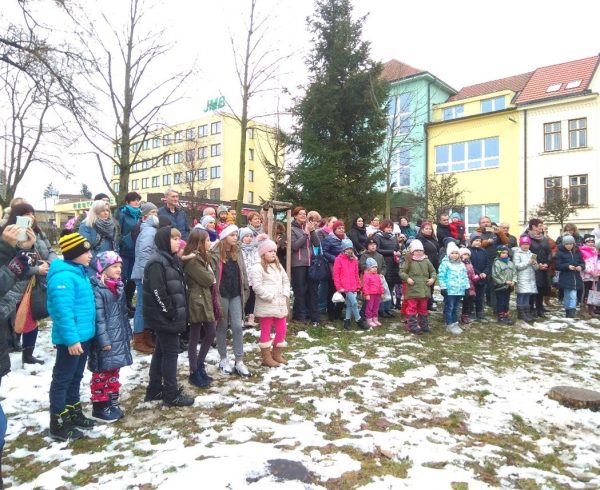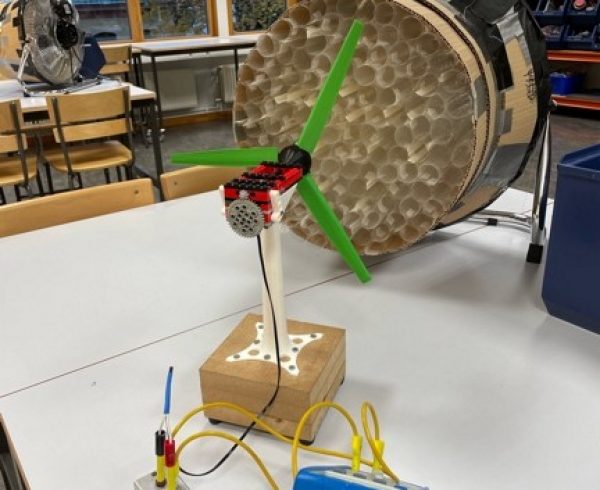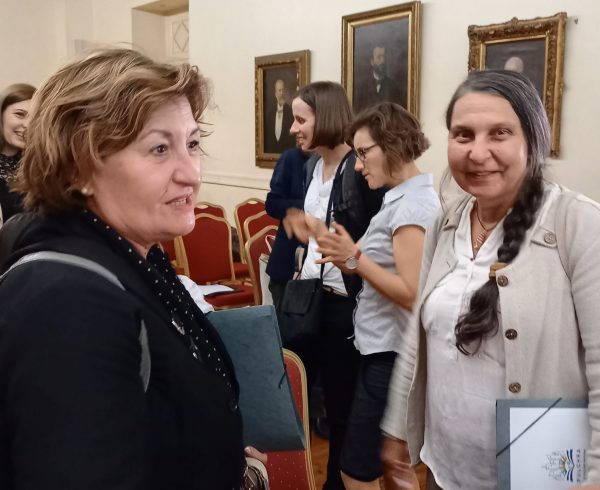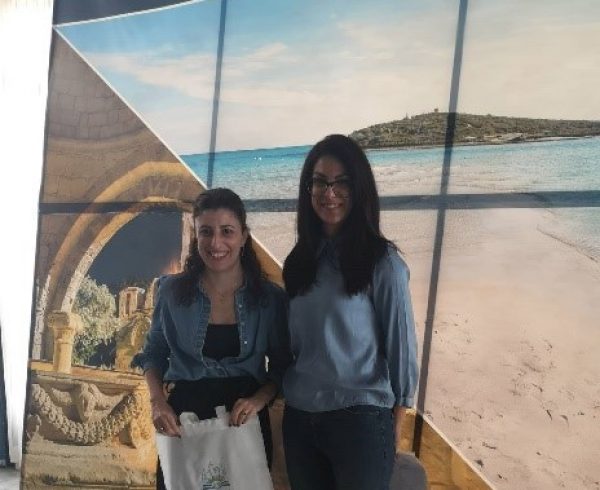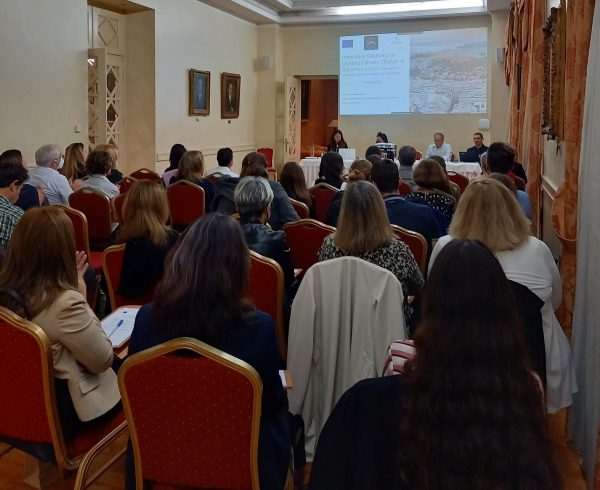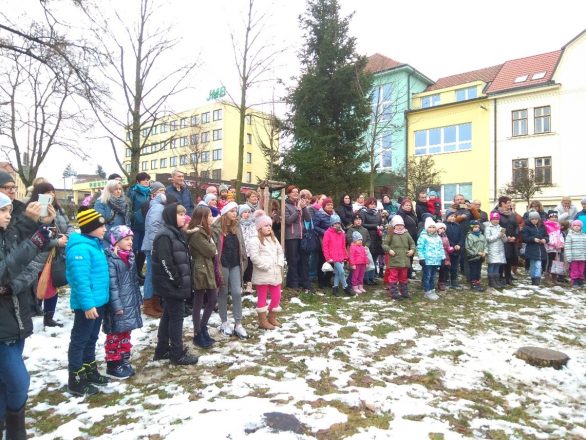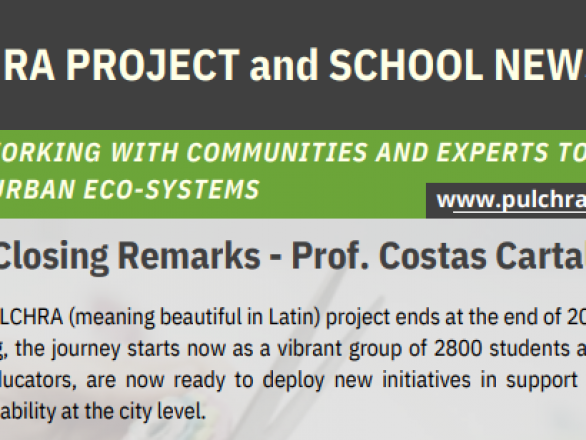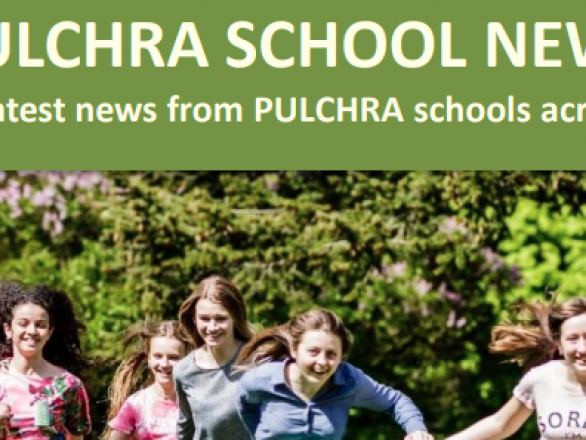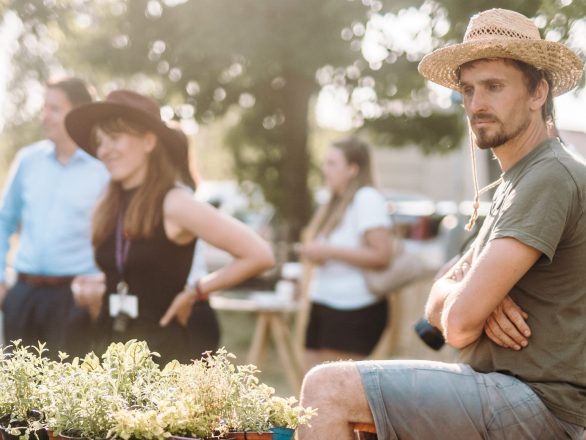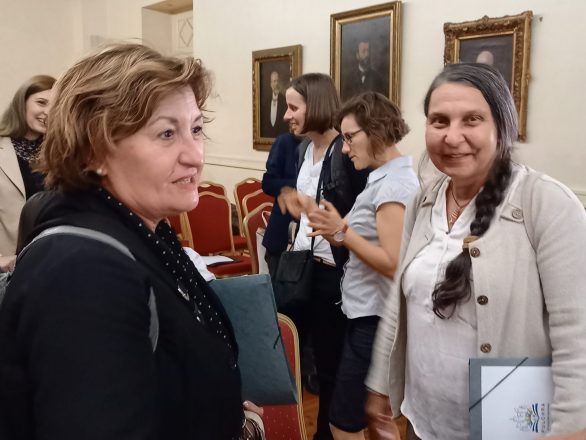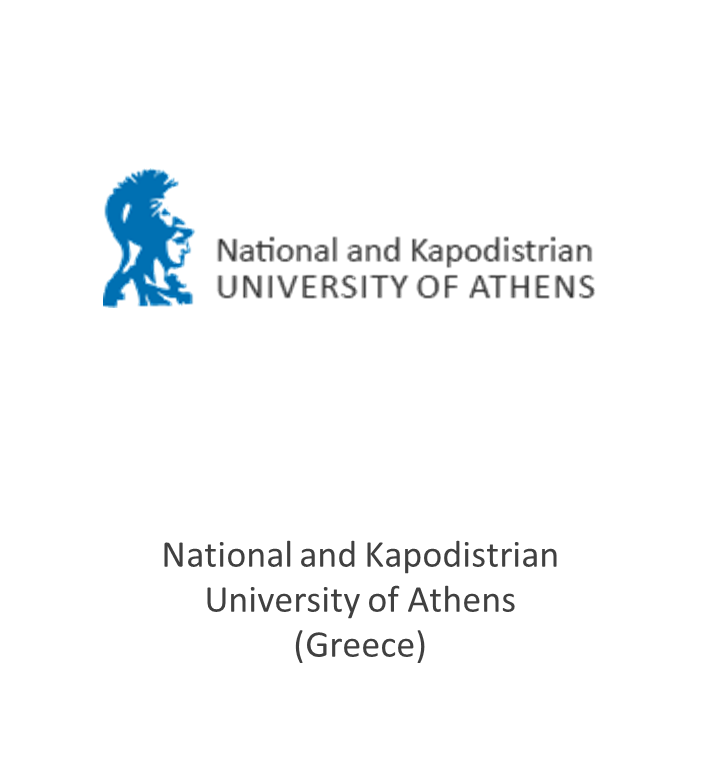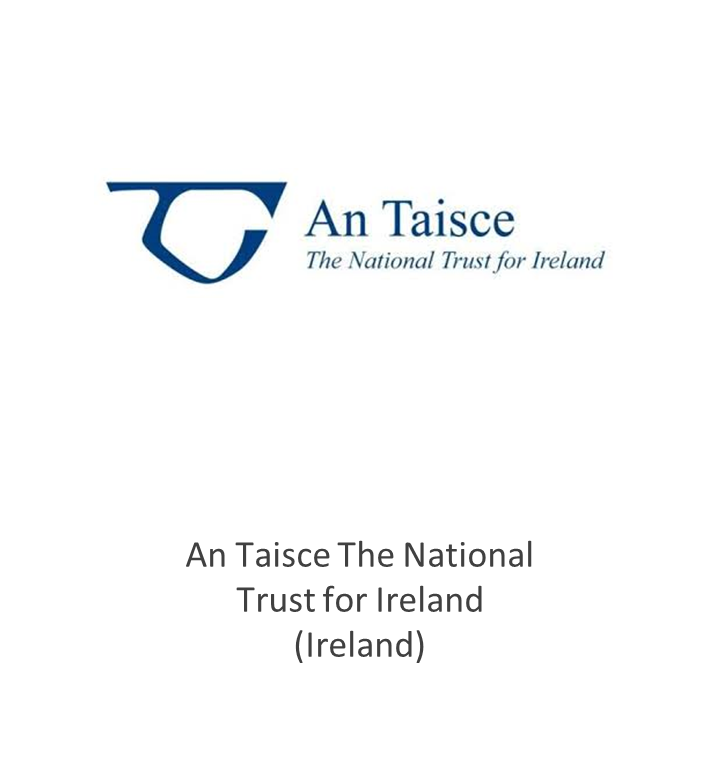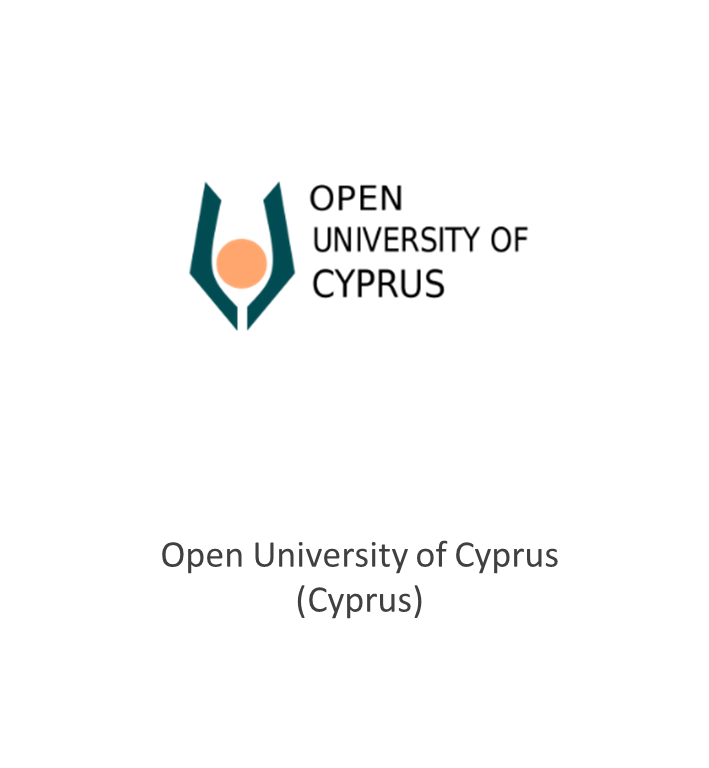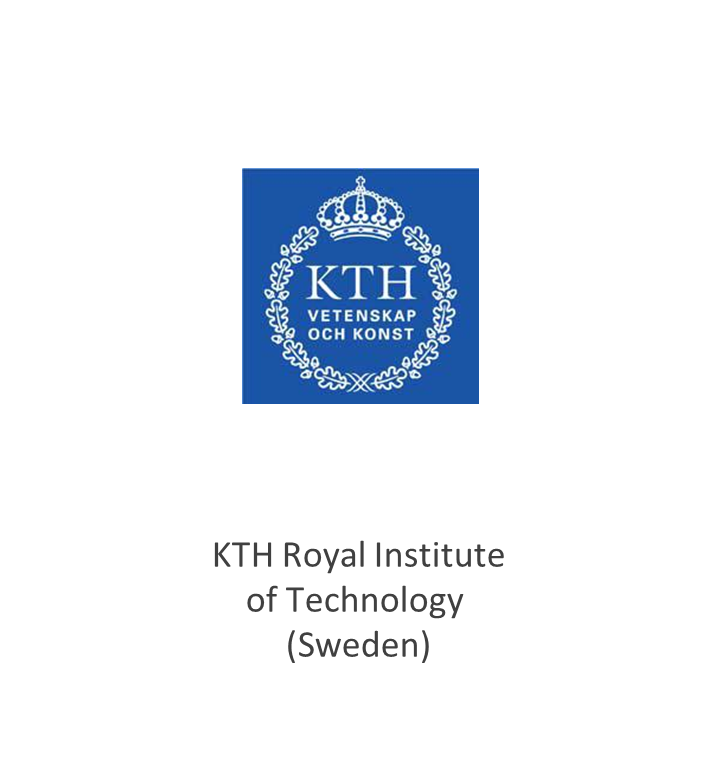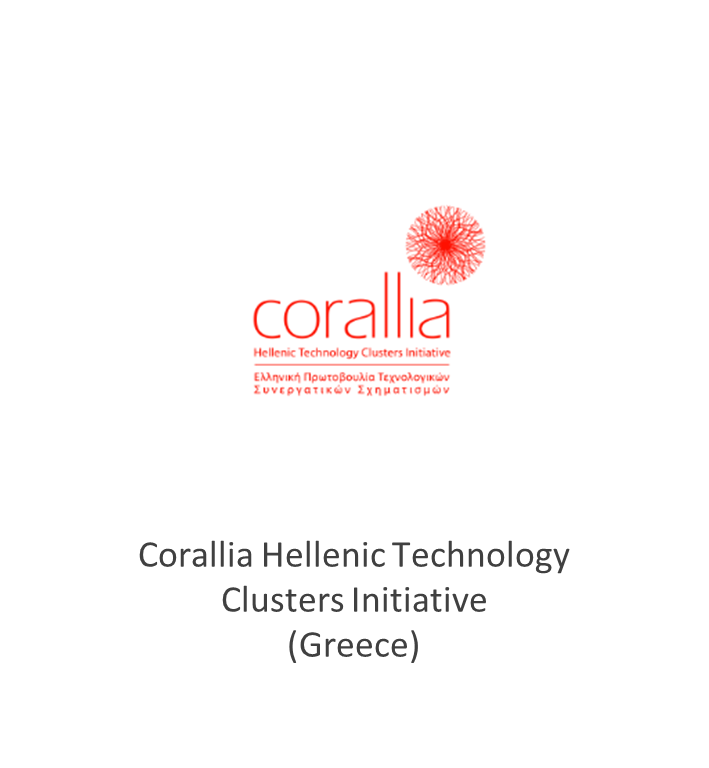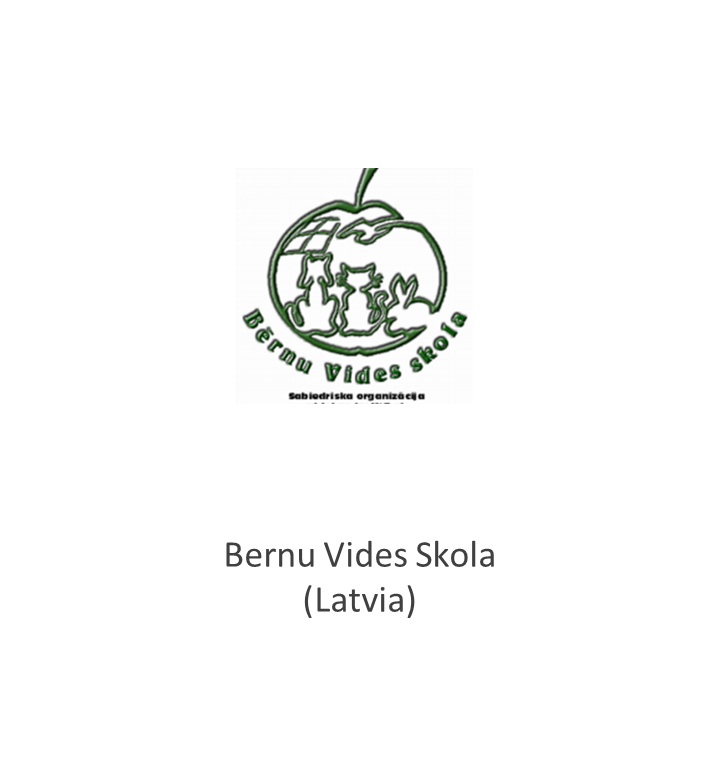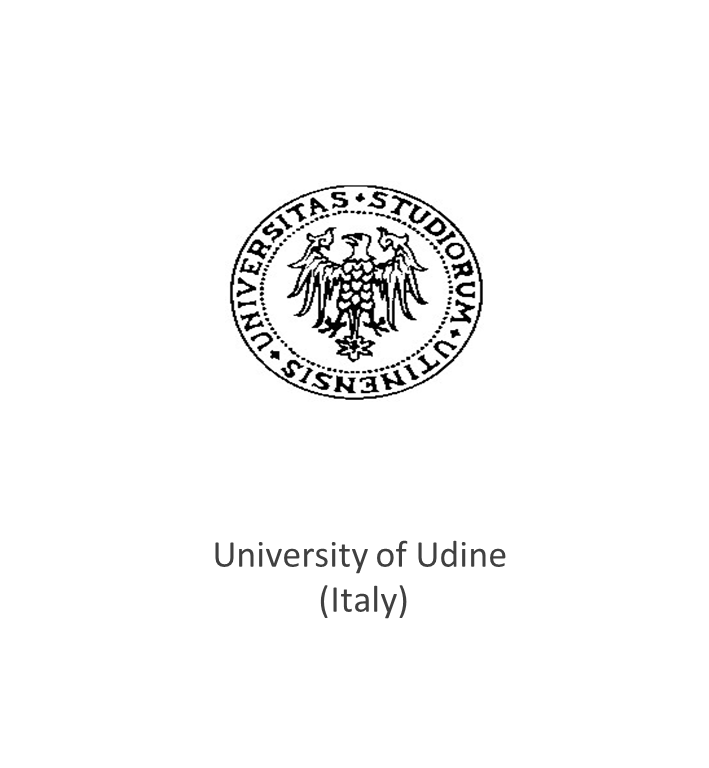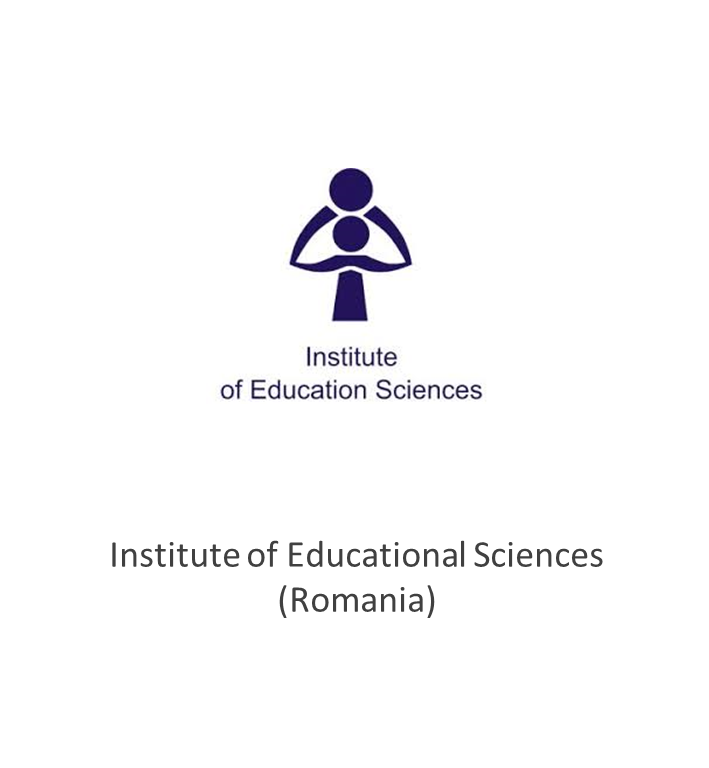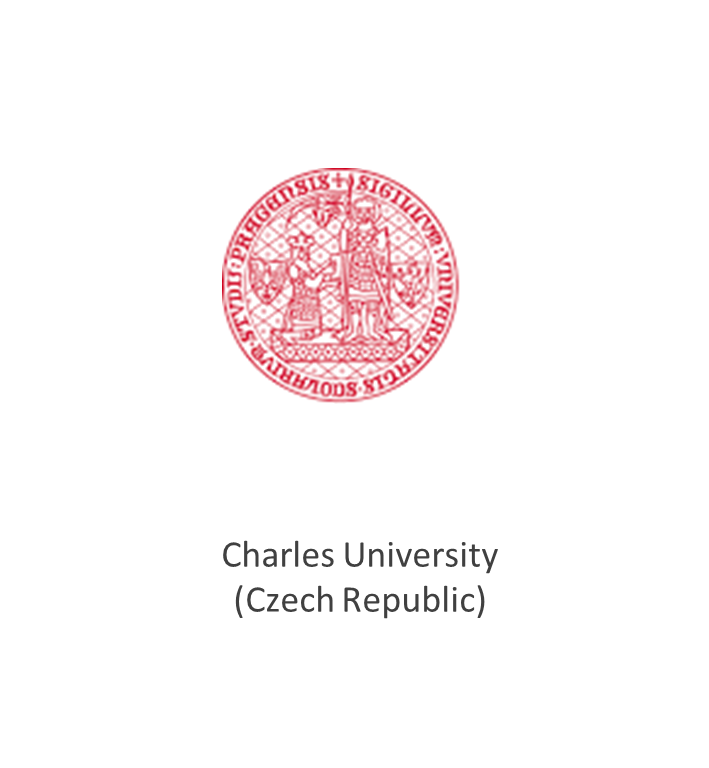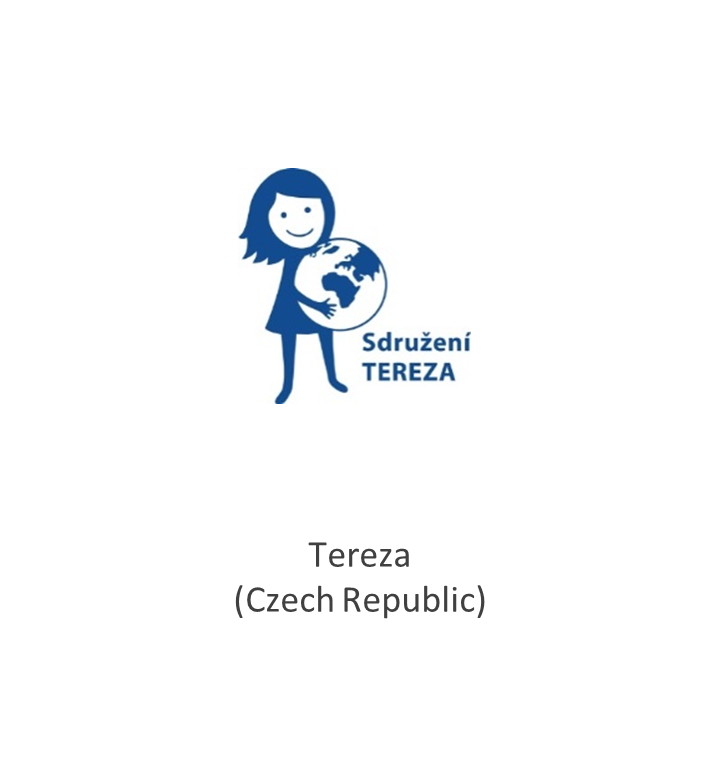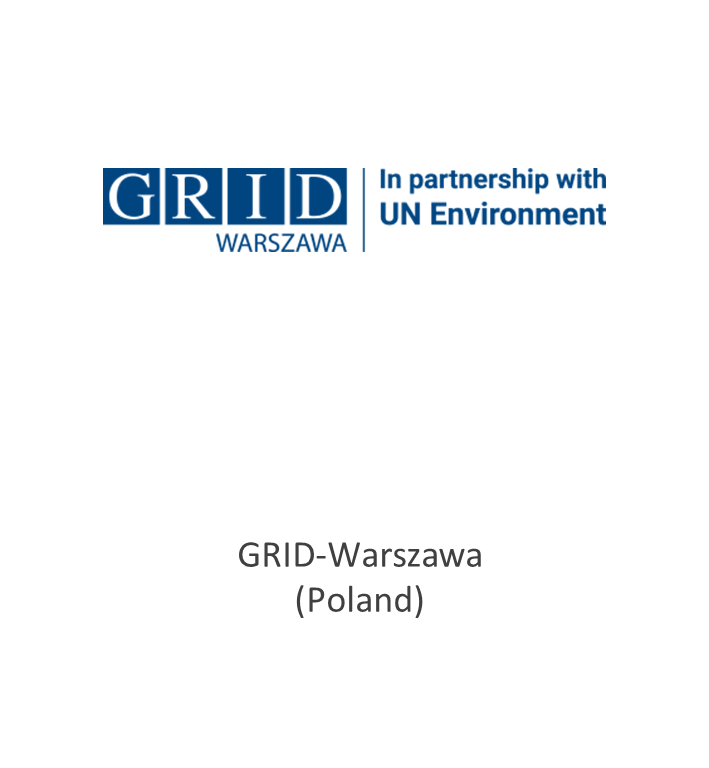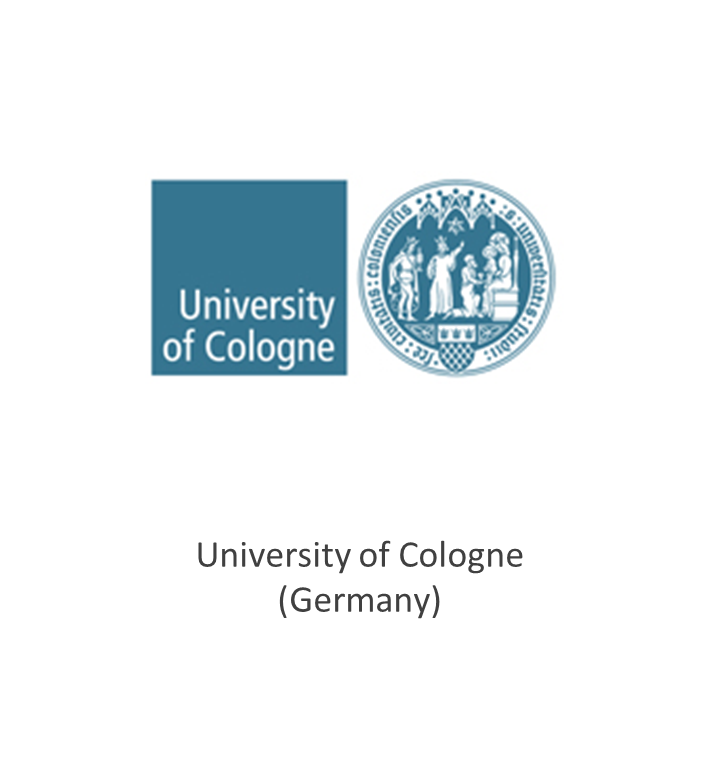After 2 years of intense activities, the works of the over 400 students involved were presented
A representation of about 100 students – out of the more than 400 involved – participated in the final event of the PULCHRA project held on 14 October. In the large classrooms of the University of Udine, students and teachers from high schools were welcomed to present their activities carried out in over 2 years.
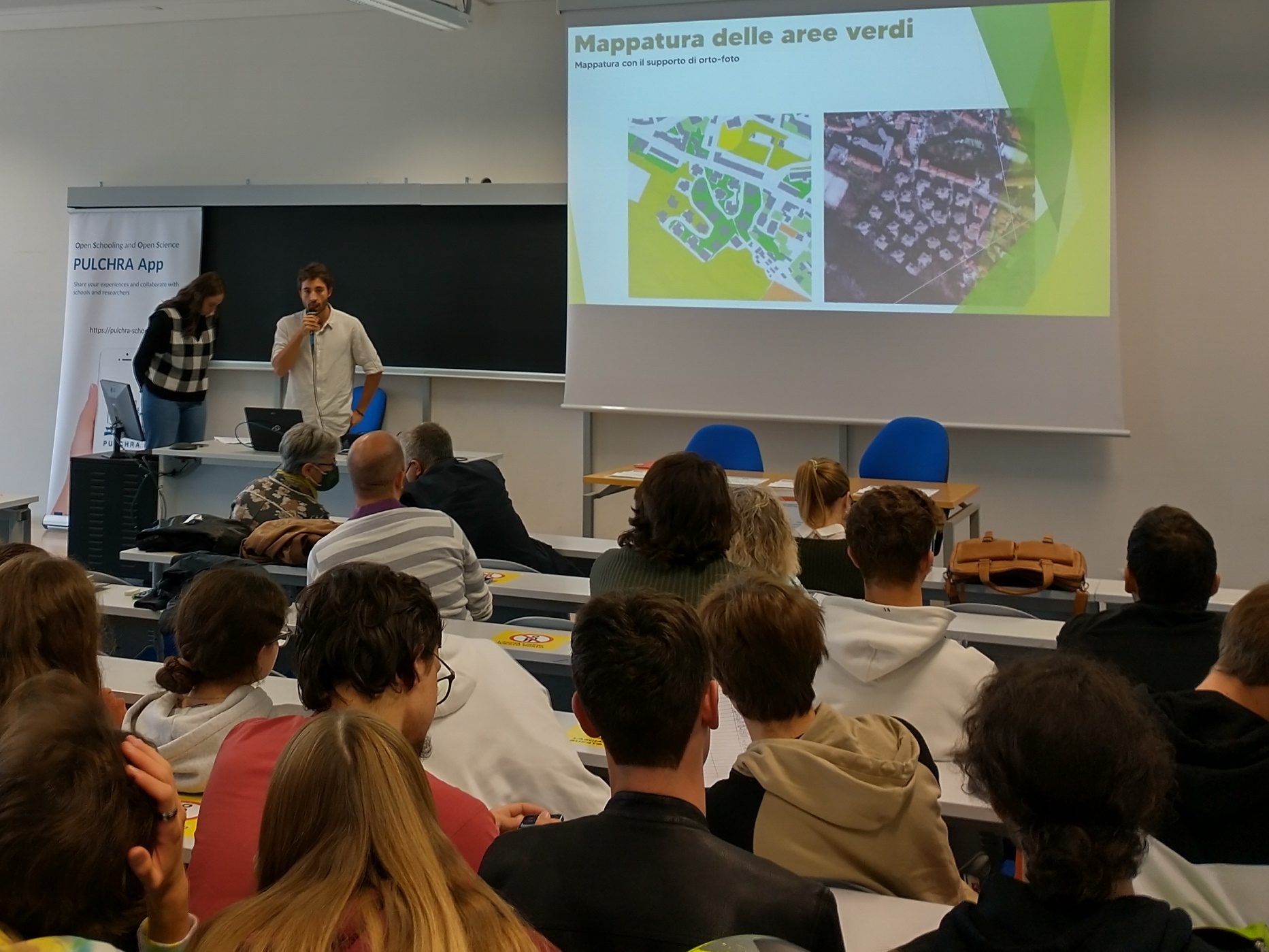
Opening the meeting were professors Maurizia Sigura and Marco Contin of the Department of Agri-food, Environmental and Animal Sciences who thanked and praised the students for the great work done despite the difficulties of the pandemic. The projects have seen an interesting dialogue between different disciplines, in particular between the naturalistic ones (such as entomology and ecology), those of the chemical and agronomic area, together with the IT ones related to the realization of measurement devices connected in the network world of the Internet of Things (IoT), which are normally addressed in a distinct way of the different courses of study. A trait d’union capable of exploring aspects of the real world in its complexity from different points of view, from the perspective of multidisciplinarity, which is extremely fundamental in an increasingly complex world.
In addition to the didactic activities, the second year also provided for the planning of an educational path in each school based on the in-depth topics; based on the Leap Learning, Exploring and Activity Path (Leap) approach, i.e. to communicate their research on the environment and sustainability through a learning path for citizens.
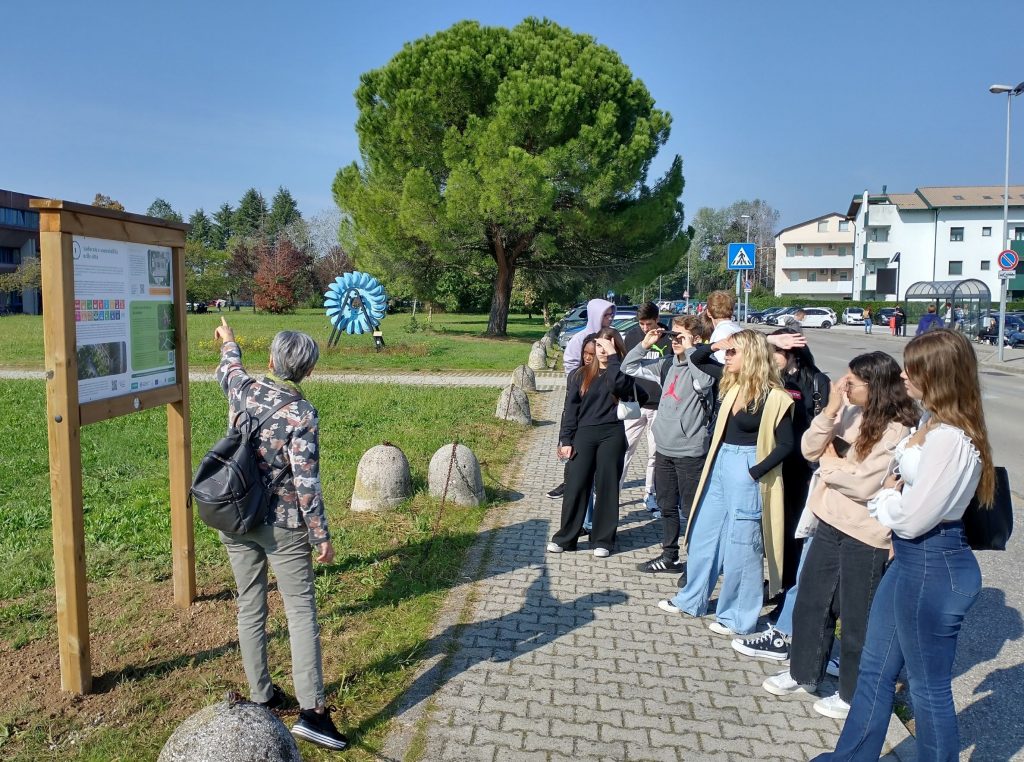
At the end of the meeting, the students visited the educational path developed by the University and which addresses the functions of city green spaces, their role in improving the quality of life, and which aims to accompany children and adults towards the use of new technologies, such as smartphone apps. There are four stages, intended as stations along a path of knowledge and experience, materialized in as many information panels with a textual part that refers, through QR codes, to in-depth material and to small activities that allow you to experiment with science.
